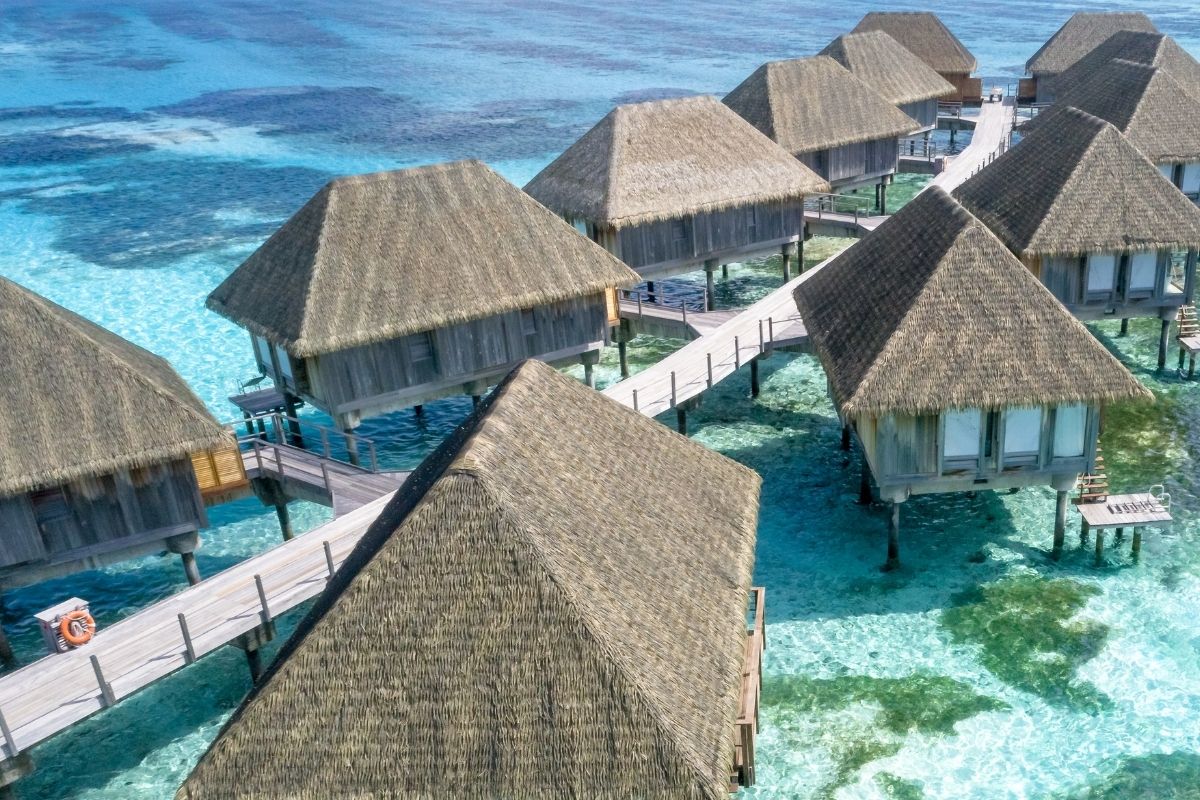Creating the Dream And Experience: The Experience Relies on Real Estate
The experience phase of the wheel of travel happens in the real world with physical products and services. They all rely on some type of real estate. Whether it is a theme park or driving from an airport to a city center, it is all about real estate. Furthermore, anything that happens at the experience phase relies on some sort of real estate. Staying in a hotel is a piece of real estate. Individuals going to eat at a dine-in restaurant is a piece of real estate.
The Companies That Invest in Hospitality
There are various companies that specialize in the hospitality and travel real estate of the general real estate market.
Some of these companies are the owners or professional investors who know how to invest in and maintain assets, such as hotels. We refer to companies like Host Hotels & Resorts, which emerged after Marriott spun off its real estate. Now, it has become a professional investor and asset manager of hotels.
Another company is Park Hotels, which is a real estate investment trust. They only own and professionally manage hotels. They manage any investments, renovations, and maintenance of the assets.
Consultants in the Hospitality Industry
Many consultant companies actively advise individual owners or investors. They provide various services, including valuation, food and beverage, tax, and debt advisory services. One of these companies is Hotel Valuation Services (HVS). Founded by Steve Rushmore, VHS is a legend in the industry that began in New York. It has spread globally with offices in London, Brazil, Hong Kong, and many more places.
Joes Lae, LaSalle (JLL) does consulting services like VHS but is also very active in brokerage. Brokerage is about making a buyer and seller meet to make the transaction. They advertise hotels and other properties to potential buyers and connect them with the sellers.



